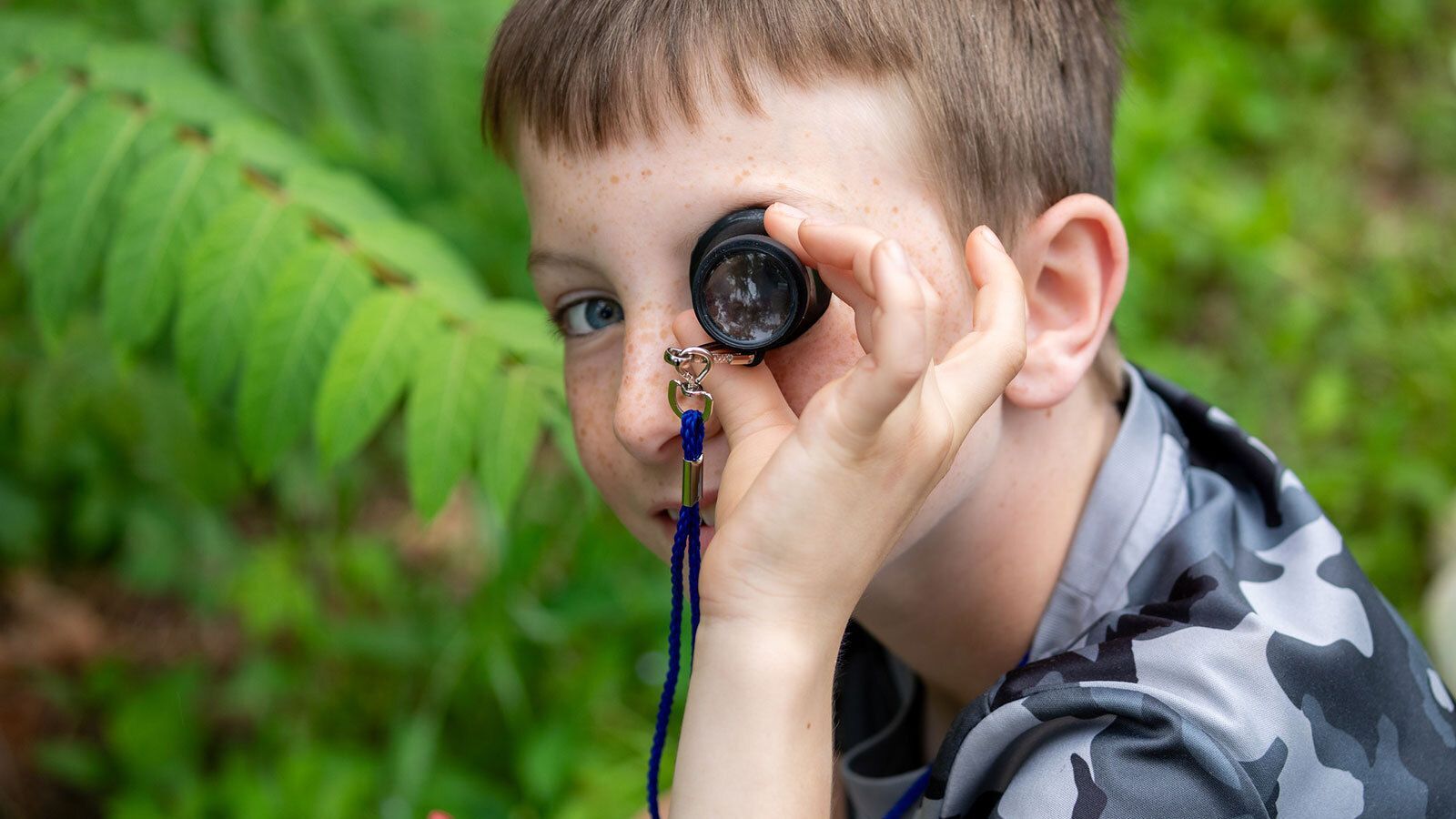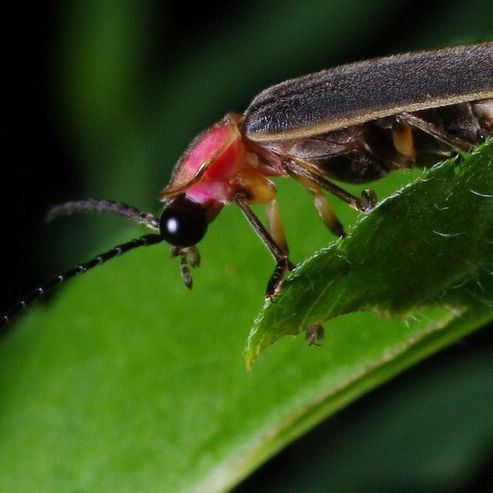I'm sure you have spotted this magical critter around dark in the summertime. They are incredible insects with glow-in-the dark superpowers. But what makes fireflies (also known as lightning bugs) spark up the sky? Well, let’s learn about these underdogs of the insect world.
First, what exactly is a firefly? Believe it or not, they are glow-in-the-dark beetles. Wait, they aren’t flies? Nope, and there are over 170 species in just the U.S. The ones that you see in your backyard are called big dippers, just like the constellation!
Fun firefly facts
Their light is called bioluminescence (big word, I know!) which means a chemical reaction inside the firefly’s body creates yellow-green light inside their abdomen. While there are numerous bioluminescent animals in the ocean, fireflies are among the few animals living on land that glow. So what is the purpose of the light?
Mating! Each species has its own light pattern, and by flashing each other, males and females can find mates. Research has shown females respond to male flashes that last the longest.
As an added benefit, besides being cool to watch, fireflies are good for your garden, feeding on snails and slugs which eat your plants. Plus, they are pollinators, helping your plants make baby plants. These are really cool beetles!
In North Carolina, we have a very special species that is not found in other parts of the world, called the blue ghost firefly. It’s unique for holding a steady, bluish glow rather than flashing. They can stay lit for a minute as they look for a mate while flying a few feet above the forest floor.
Females don’t fly but wait patiently on the ground for the right male to find them. What a magical experience!
One other well-known, but rare species, is the synchronous firefly. We have them in North Carolina, especially in the Great Smoky Mountains National Park. All the fireflies blink at exactly the same time, which is, again, a mating call.
What hurts fireflies?
- Habitat loss.
- Pesticide use. Pesticides kill all the good bugs, including fireflies, butterflies, bees, in addition to the ones you are trying to eliminate.
- Light pollution, which is when too many man-made lights stay on, causing disruption to the fireflies mating patterns.
How can we help fireflies?
- Stop using pesticides.
- Turn off your outside lights at night so that fireflies can easily find mates.
- Help preserve their habitat. Don't rake your leaves in the fall! I know this one sounds strange, but fireflies use dead leaves in the fall and winter as their shelter. If you can, leave some tall grasses around your property, as this is where fireflies hang out during the day!


